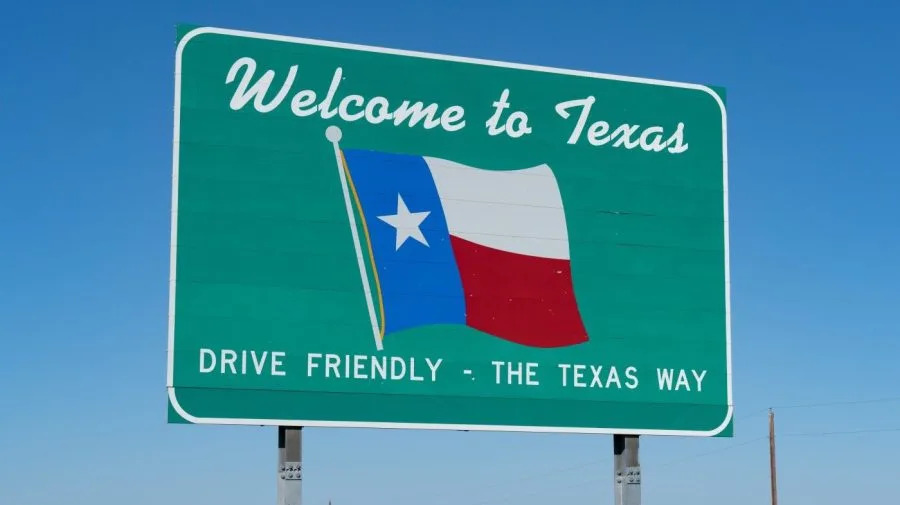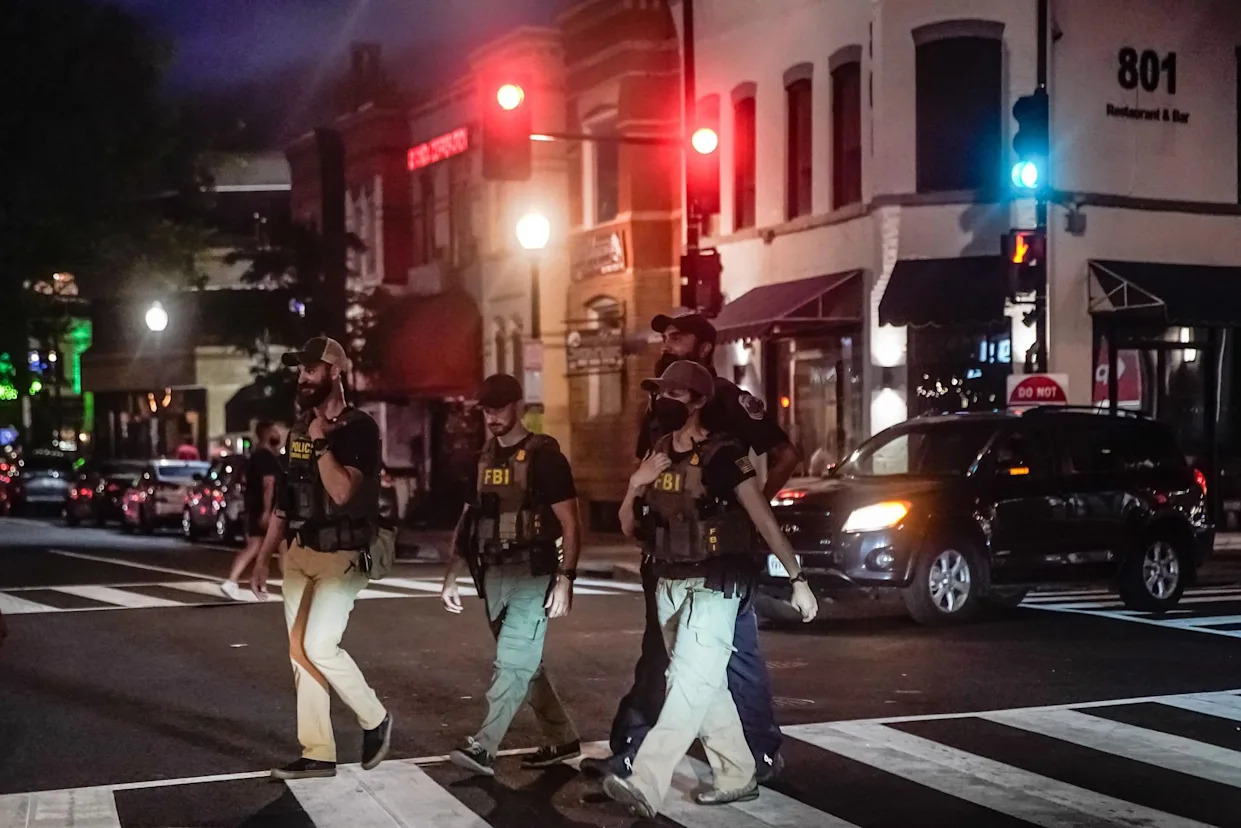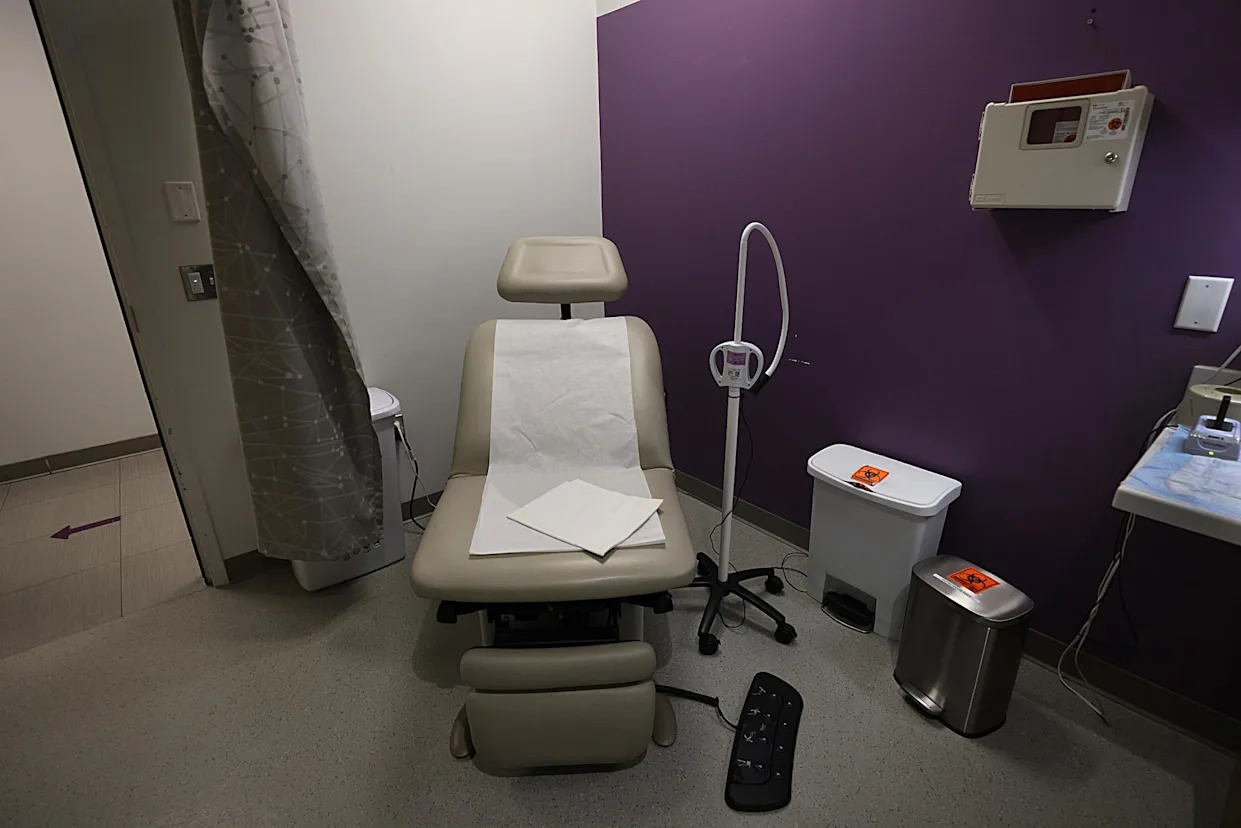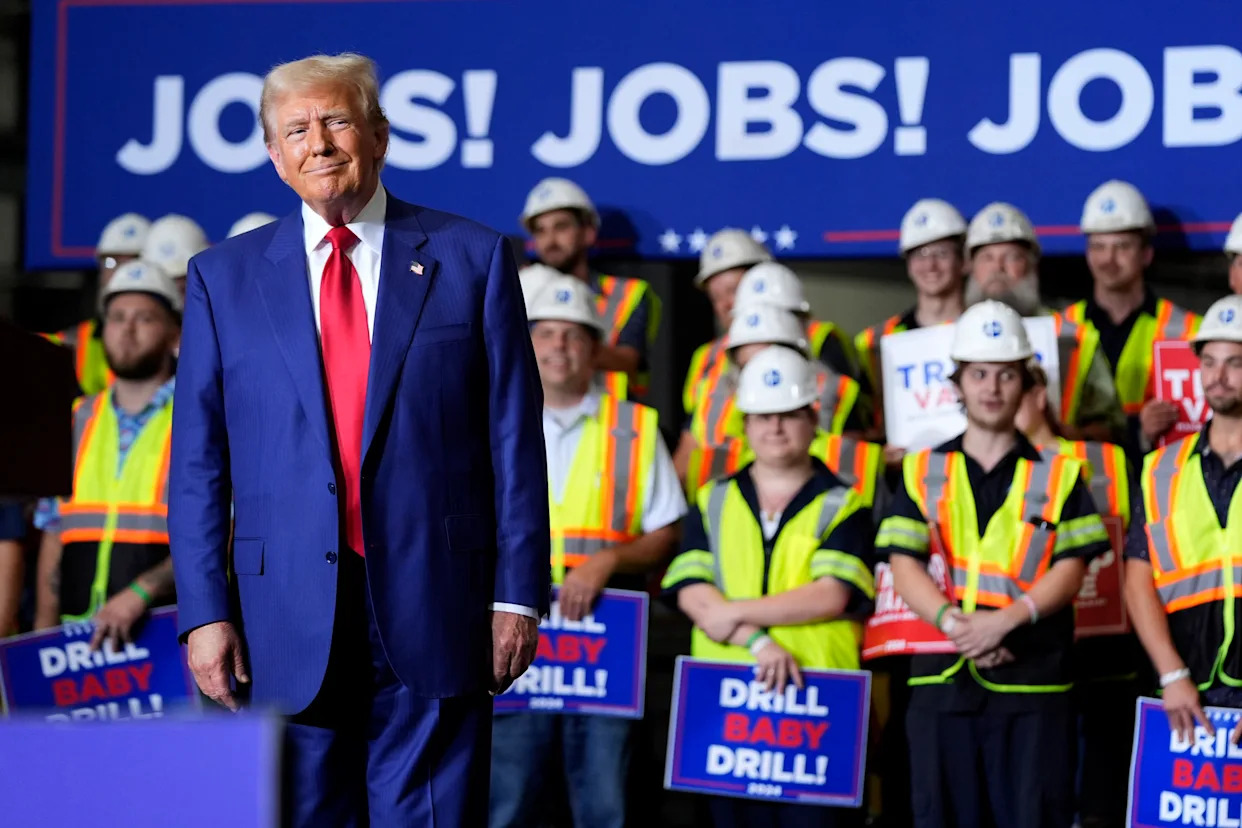The Trump administration is looking at plans to set up a 600-person National Guard “quick reaction force” to quickly deploy to U.S. cities to quell protests or other unrest, The Washington Post reported Tuesday.
Internal Pentagon documents reviewed by the Post lay out the parameters for a “Domestic Civil Disturbance Quick Reaction Force,” calling for hundreds of guard members outfitted with weapons and riot gear to be on constant standby and deployable in as little as one hour.
The proposal, if enacted, would be another expansion of President Trump’s use of U.S. troops on American soil. The commander in chief on Monday declared he was deploying 800 National Guard troops in Washington, D.C., to combat what he claimed was a scourge of violent crime and drug use, even as D.C. police data shows violent incidents in the city have fallen off sharply since 2023.
As part of that effort, guard members on Tuesday morning began reporting to the D.C. Armory.
The documents reported by the Post — compiled by National Guard officials as recently as late July and early August — lay out a plan in which troops would be split into two groups of 300 and stationed at military bases in Alabama and Arizona.
The proposal also contains discussions about the potential societal implications in setting up such a program, as well as budget projections, which show the effort could cost hundreds of millions of dollars if military aircraft are needed to be ready at all times.
The program could be created and funded at the earliest in fiscal 2027 if using the Pentagon’s annual budgetary process, with an open question as to whether it could begin sooner through other means of funding, according to the Post.
Asked about the documents, a defense official appeared to acknowledge that such plans existed but declined to comment.
“The Department of Defense is a planning organization and routinely reviews how the department would respond to a variety of contingencies across the globe. We will not discuss these plans through leaked documents, pre-decisional or otherwise,” the official told News Nation, The Hill’s sister network.
The plan is unique as it would allow the Trump administration to move troops from one state to another, versus the typical route of National Guard commands using fast-response teams within their home states.
But this isn’t the first time such a tactic would be used. In fall 2020, after racial justice protests across the U.S. that summer and prior to the presidential election in November, the National Guard designated military police units in Alabama and Arizona to serve as rapid reaction forces.
Trump also deployed the California National Guard to Los Angeles in June — against the wishes of local and state lawmakers — to crack down on protests against immigration enforcement activities. The roughly 4,000 California troops — in addition to 700 Marines sent to protect buildings — were seen standing idle around the city for weeks after protests largely died down, adding to the narrative that their deployment was politically motivated.
In addition, the administration has dispatched 10,000 guard members to the U.S.-Mexico border in a show of force intended to discourage illegal immigration.
The plan reported by the Post notes that the Trump administration would rely on a section of U.S. Code that allows him to bypass limitations on using the military on American soil.
The proposal envisions a 90-day rotation of service members, to be pulled from Army and Air Force National Guard units based in Alabama, Arizona, California, Illinois, Maryland, Michigan, Mississippi, Missouri, Nebraska, New Mexico, North Carolina, North Dakota, Pennsylvania, South Carolina and Tennessee, according to the Post.
The documents highlight several concerns, including budgetary and logistical constraints; the possible ramifications of taking guard members away from state-level duties such as helping with wildfire and hurricane response; strains on personnel and equipment; training disruptions that could impact readiness; and the potential of inflaming political sensitivities.
Copyright 2025 Nexstar Media, Inc. All rights reserved. This material may not be published, broadcast, rewritten, or redistributed.
For the latest news, weather, sports, and streaming video, head to The Hill.







Comments